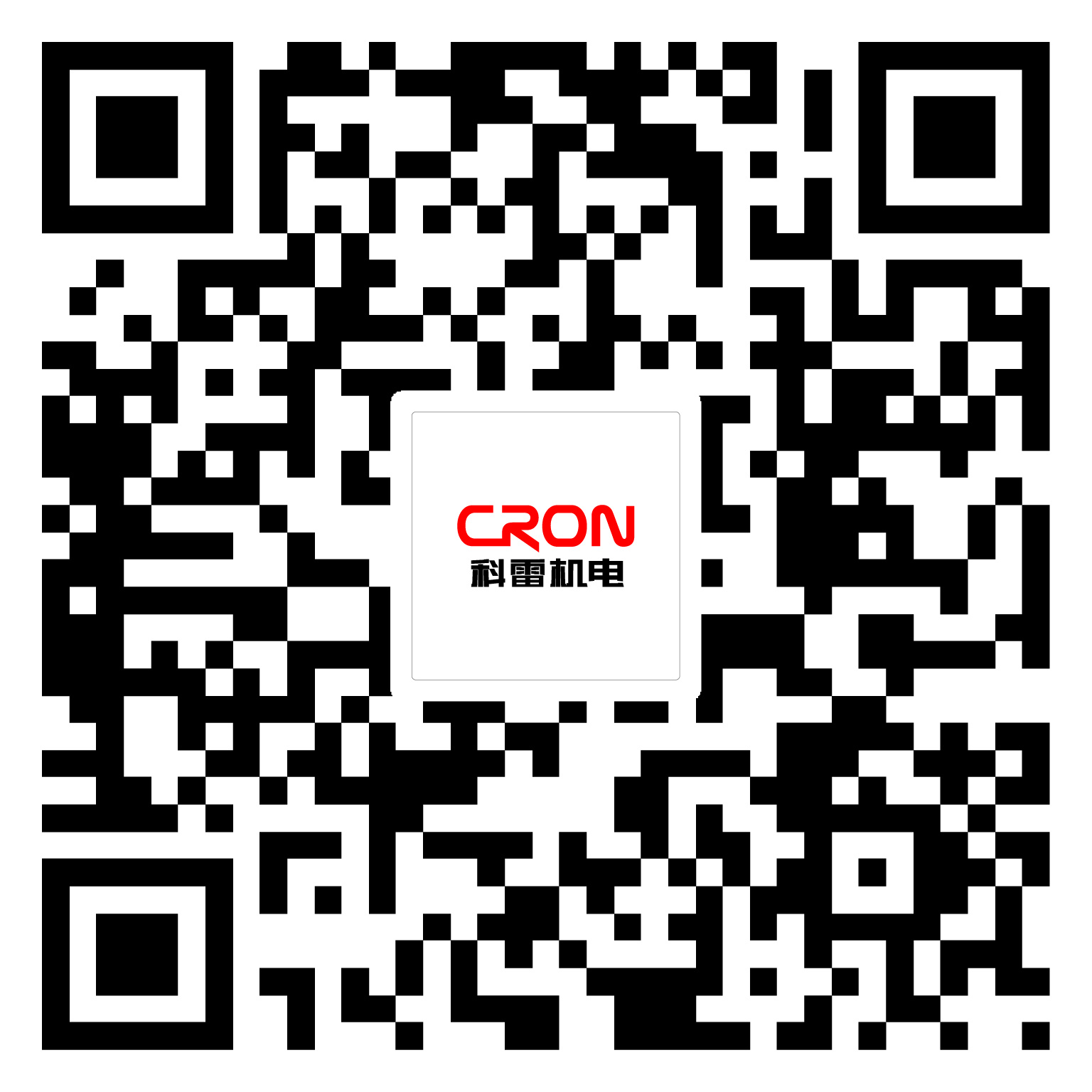Understanding Digital Flexo: Revolutionizing the Printing Industry
Release time:
2025/05/05
Source:
Kerei Electromechanical
Digital flexo, a cutting-edge printing technology, is a significant advancement in the world of manufacturing and printing machinery. It combines traditional flexographic printing techniques with the latest digital technologies, resulting in a more efficient and versatile printing process. This hybrid approach allows for quicker turnaround times, improved print quality, and greater customization options for businesses in various sectors.
One of the primary advantages of digital flexo is its ability to produce high-quality prints with vibrant colors and sharp details. Unlike conventional flexographic methods, which often require lengthy setup times and extensive pre-press work, digital flexo streamlines this process. This means that companies can respond to customer demands more swiftly, producing short runs or customized orders without the need for extensive plate changes. This flexibility is particularly beneficial in industries where market trends shift rapidly or where personalization is key.
Moreover, digital flexo processes use environmentally friendly inks and materials, aligning with the increasing industry focus on sustainability. These processes often reduce waste significantly, as they allow for precise color matching and minimize excess production. As consumers become more conscious of their environmental impact, businesses adopting digital flexo can position themselves as leaders in sustainability, potentially attracting a broader customer base.
Another key feature of digital flexo is its adaptability to various substrates. Whether printing on paper, plastic, or other materials, digital flexo can accommodate a wide range of options, making it ideal for diverse applications, from packaging to labels. This versatility not only enhances the possibilities for designers and marketers but also enables manufacturers to create innovative solutions tailored to specific market needs.
Furthermore, the integration of digital technology into flexographic printing enhances data management capabilities. Companies can utilize software to monitor print runs, manage inventory, and analyze performance metrics in real-time. This data-driven approach can lead to more informed decision-making and operational efficiency.
In conclusion, digital flexo represents a pivotal shift in the printing industry, merging the advantages of traditional flexographic techniques with the innovations of digital technology. With its capacity for high-quality output, reduced waste, and adaptability to various materials, digital flexo is poised to meet the evolving demands of the market. For businesses seeking to enhance their printing capabilities, exploring digital flexo options could provide a competitive edge and drive growth in an increasingly dynamic environment.
One of the primary advantages of digital flexo is its ability to produce high-quality prints with vibrant colors and sharp details. Unlike conventional flexographic methods, which often require lengthy setup times and extensive pre-press work, digital flexo streamlines this process. This means that companies can respond to customer demands more swiftly, producing short runs or customized orders without the need for extensive plate changes. This flexibility is particularly beneficial in industries where market trends shift rapidly or where personalization is key.
Moreover, digital flexo processes use environmentally friendly inks and materials, aligning with the increasing industry focus on sustainability. These processes often reduce waste significantly, as they allow for precise color matching and minimize excess production. As consumers become more conscious of their environmental impact, businesses adopting digital flexo can position themselves as leaders in sustainability, potentially attracting a broader customer base.
Another key feature of digital flexo is its adaptability to various substrates. Whether printing on paper, plastic, or other materials, digital flexo can accommodate a wide range of options, making it ideal for diverse applications, from packaging to labels. This versatility not only enhances the possibilities for designers and marketers but also enables manufacturers to create innovative solutions tailored to specific market needs.
Furthermore, the integration of digital technology into flexographic printing enhances data management capabilities. Companies can utilize software to monitor print runs, manage inventory, and analyze performance metrics in real-time. This data-driven approach can lead to more informed decision-making and operational efficiency.
In conclusion, digital flexo represents a pivotal shift in the printing industry, merging the advantages of traditional flexographic techniques with the innovations of digital technology. With its capacity for high-quality output, reduced waste, and adaptability to various materials, digital flexo is poised to meet the evolving demands of the market. For businesses seeking to enhance their printing capabilities, exploring digital flexo options could provide a competitive edge and drive growth in an increasingly dynamic environment.


